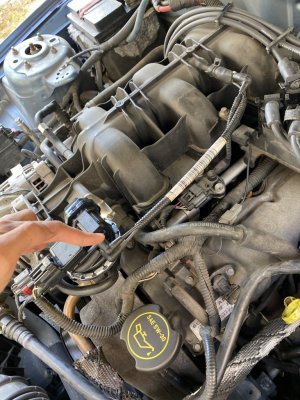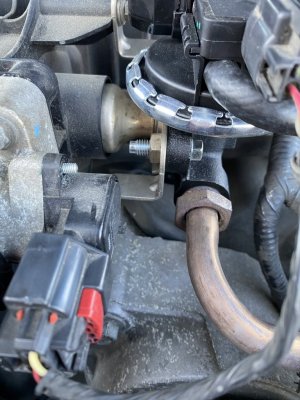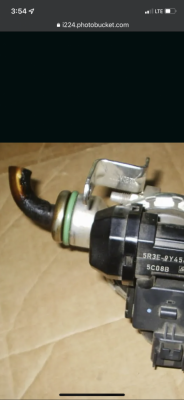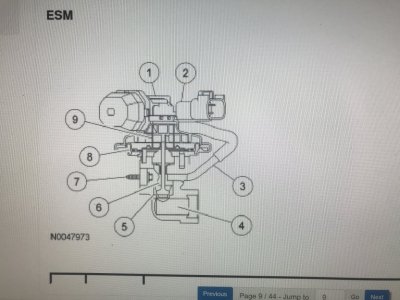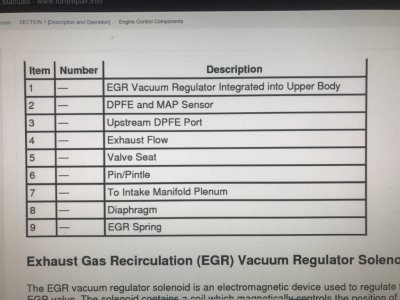RaffyTaffy
Junior Member
- Joined
- Mar 12, 2021
- Posts
- 11
- Reaction score
- 0
2006 V6
I had a light for this code for a pretty long time. I want to sell the mustang now and want to get rid of it since people usually don't like to hear "don't worry about it" about a check engine light. So I used my scanner and got P0401 (EGR flow insufficient) and P0402 (EGR flow excessive). After doing some research, the first thing I did was test the EGR by taking it off and using a pump to pull vacuum. It was bad so I replaced it and cleared the codes. Light came back on after a while. Scanned and I got just P0402 this time. I cleared it again and got it again later. Cleaned the MAF, came back. Cleaned the throttle body, came back. I used my scanner app to look at the live data and I didn't see any EGR error % when the command was 0. So I have no clue why it's saying the flow is excessive. Anyone experienced anything similar or have a guess of what could be causing it?
I had a light for this code for a pretty long time. I want to sell the mustang now and want to get rid of it since people usually don't like to hear "don't worry about it" about a check engine light. So I used my scanner and got P0401 (EGR flow insufficient) and P0402 (EGR flow excessive). After doing some research, the first thing I did was test the EGR by taking it off and using a pump to pull vacuum. It was bad so I replaced it and cleared the codes. Light came back on after a while. Scanned and I got just P0402 this time. I cleared it again and got it again later. Cleaned the MAF, came back. Cleaned the throttle body, came back. I used my scanner app to look at the live data and I didn't see any EGR error % when the command was 0. So I have no clue why it's saying the flow is excessive. Anyone experienced anything similar or have a guess of what could be causing it?


